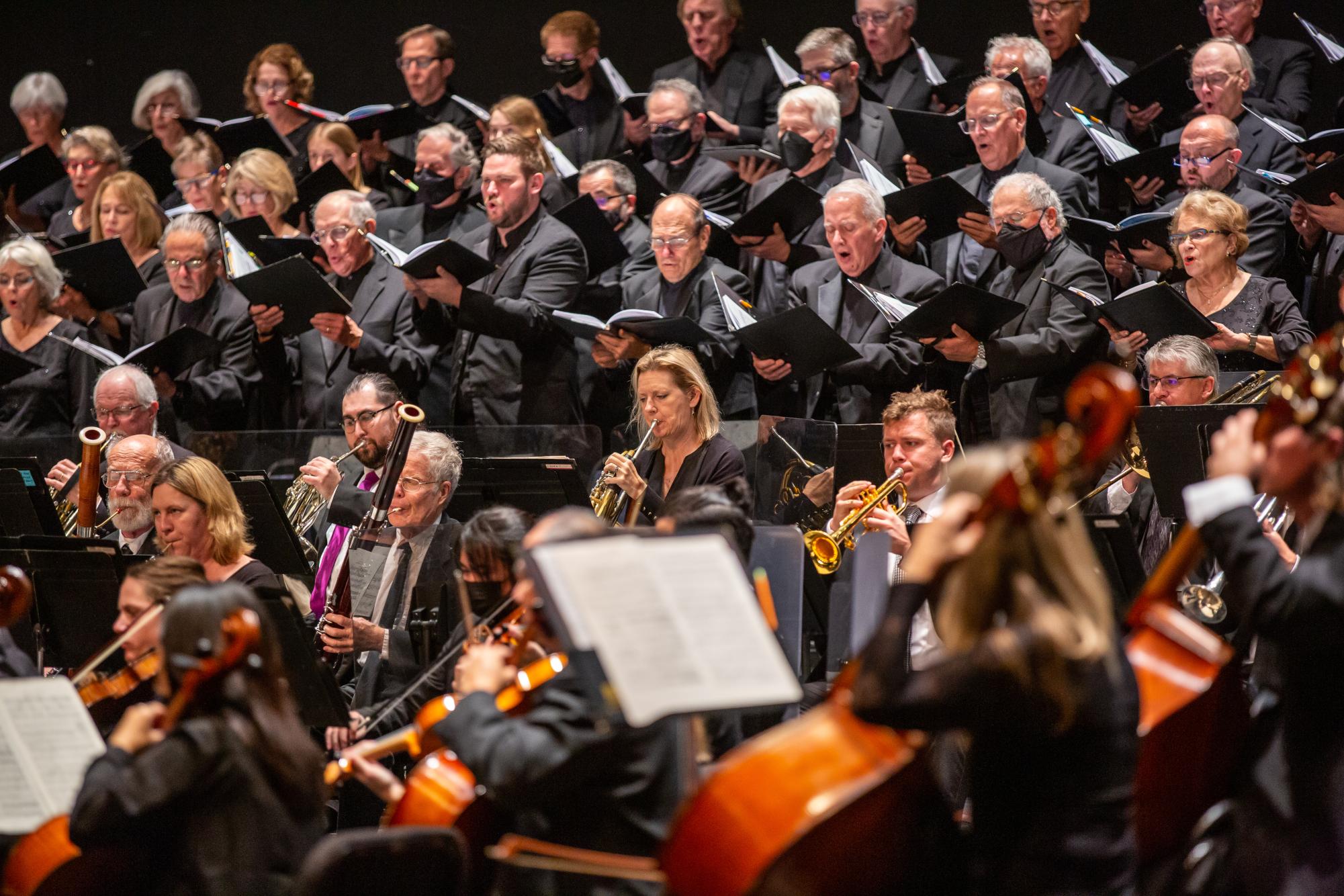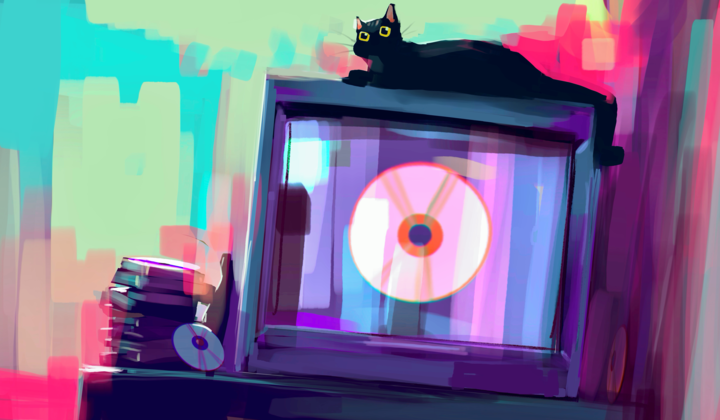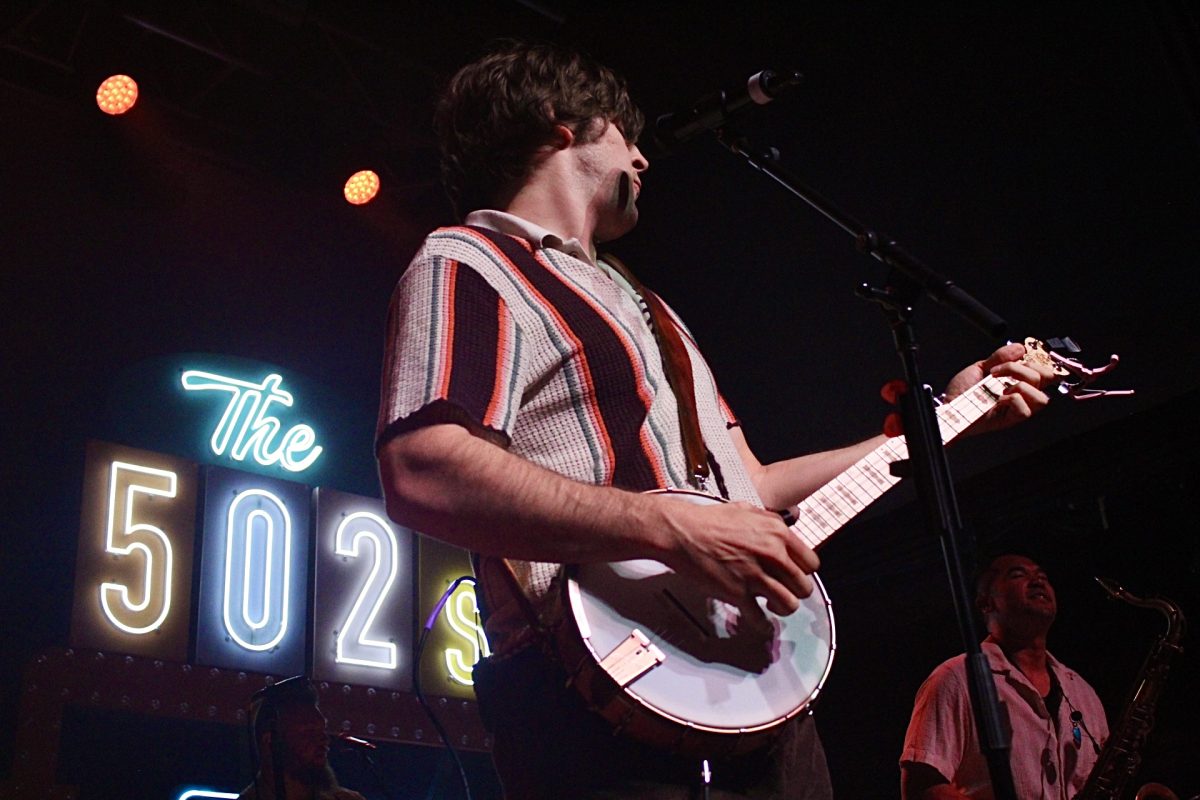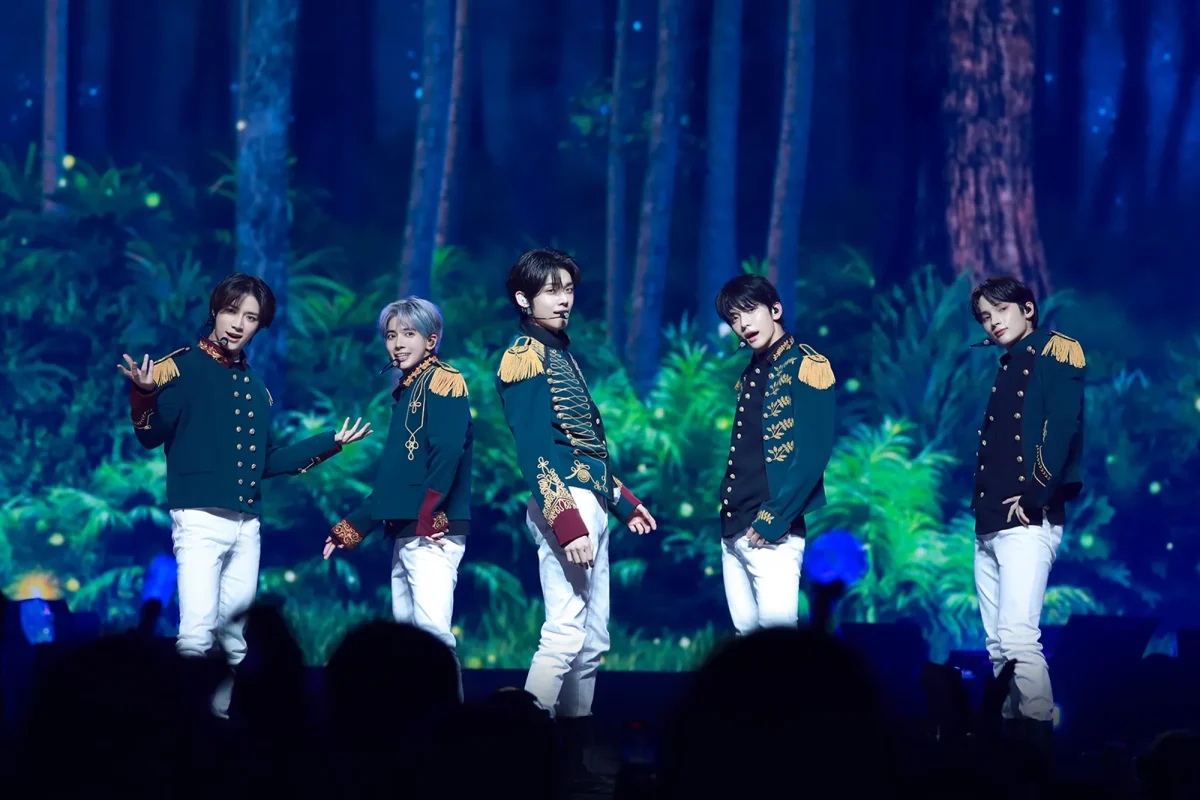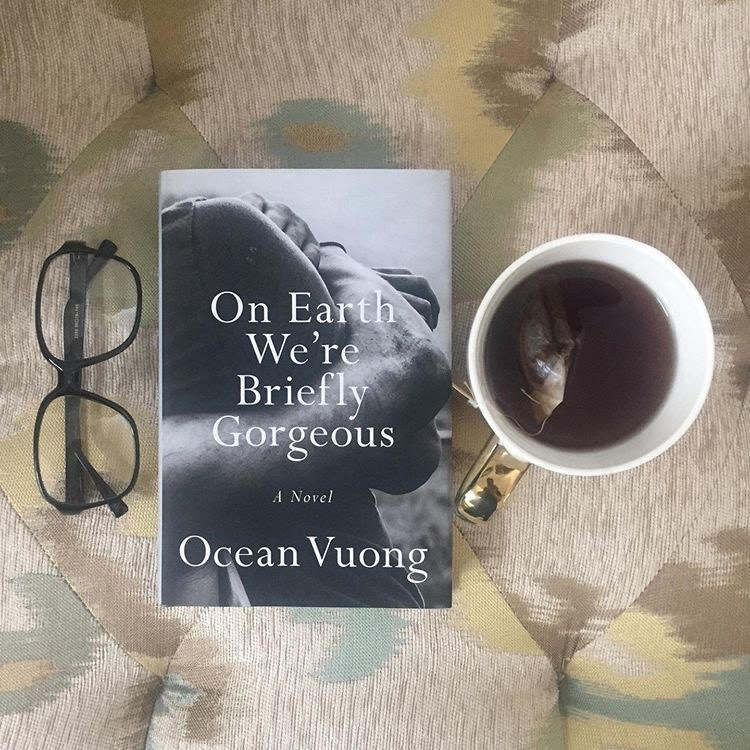“To the Stars” was a beautiful concert performed by the La Jolla Symphony and Chorus at Mandeville Auditorium. Conducted by Sameer Patel, the orchestra performed Anton Webern, and Osvaldo Golijov and concluded the program with Johannes Brahms. Andrea Casarrubios was the solo cellist and gifted the audience with the piece “Seven” which she wrote as a tribute to essential workers working the frontline during the pandemic. The last passage of the piece repeated seven times and sounded like bells, alluding to New York City’s 7 p.m. tribute during lockdown.
Casarrubios is a brilliant cellist. Throughout the performance, she kept her lower register instrument steady by maintaining eye contact with the percussionists and the conductor, creating a truly melodious sound. You can feel the passion pour out of her and into her instrument. Her shifts between notes were undetectable, her vibrato was vibrant, and her legato was smooth and connected. The music stand in front of her was seemingly just for show as she barely looked at it and let the music sweep her away.
Opening with Golijov’s “Azul,” the four movements played were Paz Sulfurica, Silencio, Transit, and Yrushalem. The various percussion instrumentals and the accordion were a nice touch in accompanying the orchestra. Every movement complimented each other and the musicians were agile in keeping the rhythm through great connection with the conductor. There were many phrases of what I consider musical chaos, where every instrumental section has the same rhythm but plays many contrasting notes with loud, aggressive dynamics. This chaos transpired but with a wispy sound. The bows were barely touching strings and the winds were breathy and gentle, creating just enough sound to demonstrate this chaos. It is easy to lose your sound and rhythm, but the orchestra did a phenomenal job at completing the phrases and not rushing.
Followed by Webern’s Passacaglia Op. 1, the orchestra returned to its traditional setup with the inclusion of a harp. The conductor gave the audience a brief history lesson on both Webern and Brahms before jumping into the piece. The light pizzicato — or plucking of the strings — was in unison and the strings didn’t overpower each other. The minor keys and obvious dissonances between notes were executed flawlessly. This expertly crafted combination created a tender decline in sound, instilling feelings of sorrow in the crowd.
The performance came to a close with Brahms’ Symphony No. 3 Op. 90, which was broken up into four distinct movements. “Allegro con brio” was a perfect balance between the soft tones and crescendos to chaos. The winds introduced the symphony with rich, clear tones and each of their runs were well articulated. This symphony was conversational in its musical phrasing, with each section getting its turn to shine. As the conversation muddled together to form a unison sound, the instruments sang a waltz. A piece with such variety and dimension requires quick changes to achieve the sound the composer intended. There was a clear differentiation between the bowing from the string section in what was meant to be played staccato or legato. Though it may seem easy, to hone the perfect level of soft, quiet sound from an orchestra, it all comes down to each section playing as carefully as possible, making sure everyone produces the same level of tone and volume. The sudden drops in volume still delivered a sound that wasn’t muffled but was clear enough to tune into.
“Andante” followed with its dolce major chords in a way that cleanses one’s musical palette. The piece had an upbeat introduction and calming melodies. The sound felt the way flowers bloom in Spring and that feeling was a nice contrast after a darker, more dramatic first movement. “Poco allegretto” came after as a complete opposite to Andante with moody minor chords and gave a church-like feel. The sound traveled throughout the orchestra as the sections were mirroring each other’s phrasing. The melancholy melody resonating in the hall was given to the horns and passed down the winds, each sound identical to the last. The strings reached very high positions on their instruments which can create poor intonation, but they managed to maintain clarity. Lastly was “Allegro,” beginning with bold dynamics and powerful sforzando, or sudden emphasis. The bow control of the orchestra produced a crisp sound as the winds amplified the crescendo of the strings to where you felt almost encased in the sound.
Every piece received a standing ovation, and it was surreal to see the audience around me appreciate the music as much as I had. The clean intonation, rhythms, and connection each section of the orchestra had with each other was effortless. The fluidity of each musical theme and passage between each instrument felt like a conversation. From a musician’s point of view, I look forward to the next performance and can confidently say the La Jolla Symphony and Chorus was a wonderful group to experience.
Image courtesy of La Jolla Symphony & Chorus



